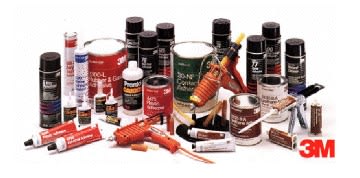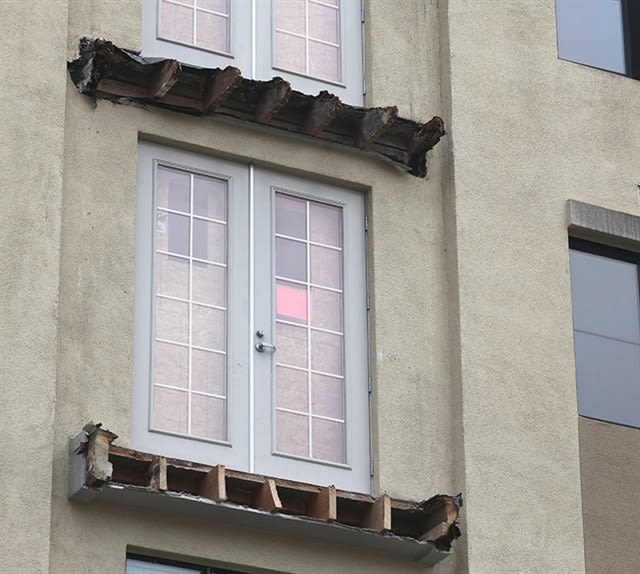SDETERS
Agricultural
- May 1, 2008
- 1,303
As I mentioned in a different thread, are 2D drawings a dying art>? What is the future of 2D drawings, vs. 3D documented models? We are still using 2D drawings, but we are controlling only critical dimensions on the 2D drawing. We are looking into annotated 3D models or 3D PMI. As Cad programs keep improving to translate between different packages, CAM CMM, are 2D drawings going to be like the old drawing boards?





![[bigsmile] [bigsmile] [bigsmile]](/data/assets/smilies/bigsmile.gif)
![[smile] [smile] [smile]](/data/assets/smilies/smile.gif) .
.